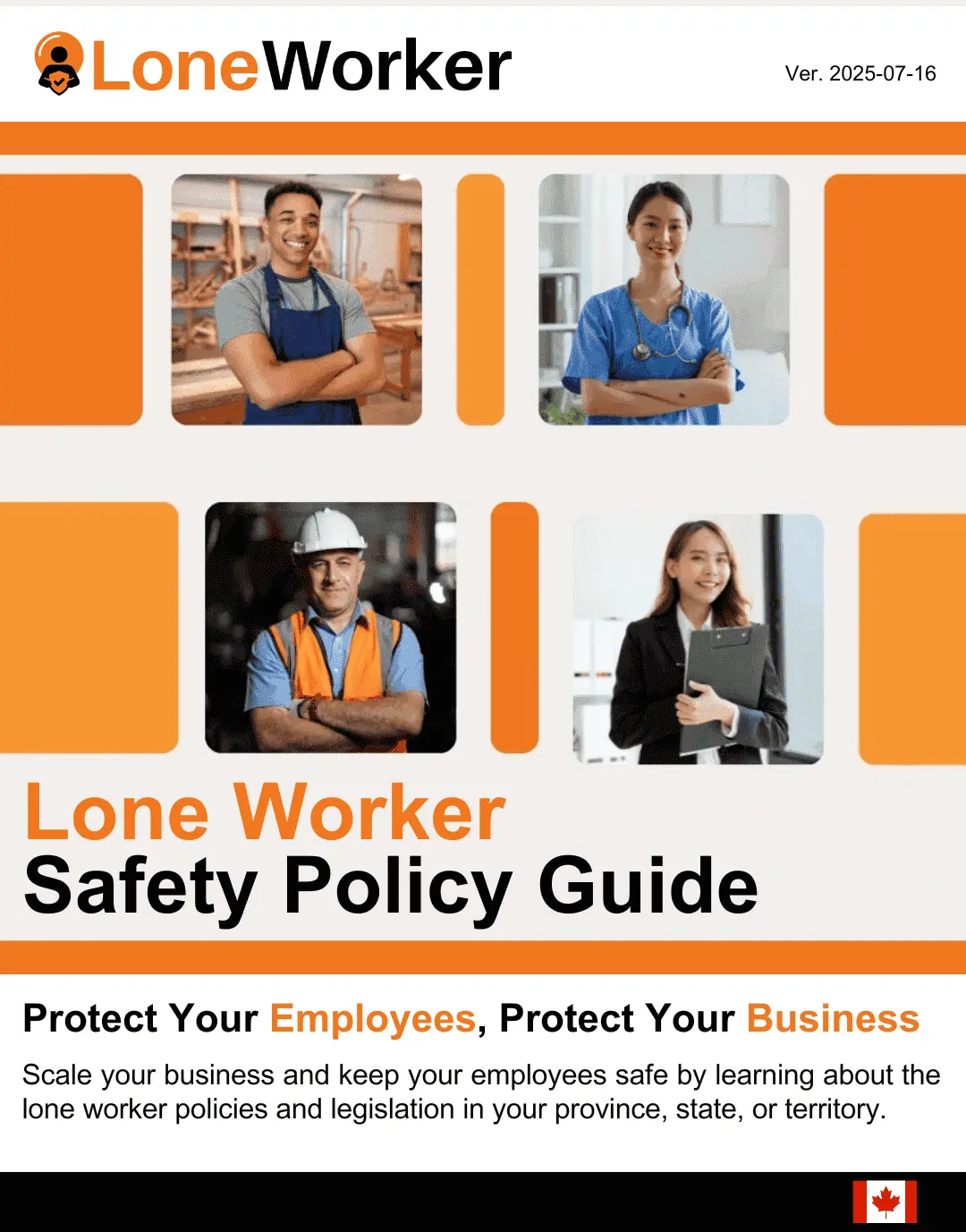Understanding the Role of a CEO in Leadership
Chief Executive Officers (CEOs) hold the top position in organizational leadership, leading the company’s strategic decision-making and bridging operational activities with long-term planning needs. CEOs exercise their position as decision-makers to control major business outcomes and internal company aspects such as safety protocols, employee well-being, and compliance measures. CEOs need to manage profit goals plus accountability standards while comprehending both business frameworks and the personnel networks of their organizations. Under their direction, leadership controls company-level ideas and basic operational performance, making them critical for organizational success. CEO executives manage three essential duties, which combine innovative leadership with shareholder confidence maintenance and worker safety protection for the organization.

A CEO engages in hands-on communication with operational leaders to maintain corporate alignment throughout every level of their organization. CEOs of contemporary organizations serving various locations or containing remote and mobile personnel need to track processes no matter how geographically separated they are. A CEO must maintain knowledge about employee well-being, especially regarding staff working independently as well as in dangerous situations. CEOs hold complete responsibility to formulate systems that assist and shield vulnerable employees. The knowledge of actual field conditions must work together with their strategic position.
CEOs establish both the direction and principles that guide what an organization regards as fundamental priorities. Executive focus on safety and compliance creates an organizational effect that spreads throughout all departments. Leadership from the CEO plays an essential role in deploying policies together with security technologies that increase accountability. Stakeholders receive evidence of organizational commitment to sustainable operations through the CEO's support for safety initiatives that include lone worker programs. The advocacy of such safety measures by CEOs protects their workforce while maintaining both company ethic and operational standards. As part of their responsibility to serve employees, including customers and society, with ethical conduct, the CEOs advocate for extended worker protection beyond regular duties.
How Lone Worker Solutions and Alert Devices Help CEOs Enhance Employee Oversight and Safety
A CEO workforce that incorporates remote or isolated employees benefit greatly from using lone worker alert devices together with monitoring programs. These modern technologies enable instant location monitoring and security protocol alerts to show executive managers that unobservable workers maintain their organizational connection. CEOs access high-level safety metrics and response times data through central reporting platforms, which enables more effective resource planning along with enhanced risk management. Such tools allow executives to transition from reactive leadership to implement a culture that actively guarantees both care and accountability.
Leadership teams receive prompt incident response abilities through CEO-led implementation of lone worker systems within their organizations. The alert system of the employee safety framework rapidly sends notifications to the assigned response members upon discovering any medical emergency or accident, or threat during solo work. The response capability proves valuable as it helps protect workers and demonstrates visionary leadership centered on professional welfare, which then enhances the CEO's leadership perception. Operational efficiency benefits from these systems when CEOs apply the gathered data to detect patterns and enhance protocols while making better training resource allocations. Regular system checks enable teams to find weaknesses that they can fix during early stages to prevent potential crises.
CEO use of lone worker technologies enables them to show both regulatory compliance and investor-quality care to their stakeholders. A company's reputation improves when it can demonstrate solid safety infrastructure through evidence, which simultaneously makes it less exposed to liability risks. Lone worker protection models create better employee morale because workers feel their superior leaders care for their security. CEOs who advocate for such tools demonstrate both safety response abilities and their commitment to creating responsible organizational practices throughout their entire workforce structure. Strategies that focus on procedural safety benefit both employee retention and operational stability, which then strengthens the connection between ethical leadership activities and workplace practice.
Importance of Lone Worker Policies for CEOs to Ensure Compliance and Organizational Reputation
The chief executive officer leads the development of lone worker policies that fulfill requirements of occupational health and safety standards. The operational readiness of employees doing tasks in remote locations away from supervision depends on these safety policies. The law in various industries mandates organizations to establish specific methods for both observing lone worker safety conditions and providing timely emergency assistance. The CEO maintains ultimate responsibility to create and enforce work safety policies, which need to be operational throughout all organizational departments and operations.
The check-in and emergency communication procedures, along with response times, need to appear explicitly in lone worker policies. CEOs who install contemporary alert systems, including emergency panic buttons for wearables along with location tracking via GPS and automated workforce appointment scheduling, will maintain full compliance with regulatory codes that demand rapid assistance for employees performing independent work. The implemented systems enable lone workers to summon help instantly in case of emergency, thus speeding up emergency dispatch. Most industries where solo workers handle remote or hazardous operations must maintain preparedness as per regulatory requirements.
Well-developed lone worker policies serve to protect safety, along with the CEO's responsibility to create a risk-free, secure workplace environment. Lone workers experience different types of risks, which combine health-related incidents with environmental dangers as well as third-party security threats. The absence of established protective policies, along with inadequate supporting technology, exposes workers to increased dangers in such cases. CEOs need to make these safety frameworks their top priority because such precautions fulfill both legal regulations and build workplace conditions which enable employees to operate securely wherever they are located. CEO leadership duty requires active protection of their teams through clear policies that use necessary tools supported by regular updates.
Final Thoughts
A contemporary business leader requires the ability to forecast future trends together with ethical conduct and a priority focus on the whole organization. CEOs protect their employees and organizational success by recognizing lone worker risks through proper safety investments, including alert devices and formal policies. Lone worker programs are both vital for compliance standards as well as a trustworthy indicator of leadership that puts safety first. CEOs who adopt these programs achieve safe and stable business operations that build reputation trust through every level of their organization.




